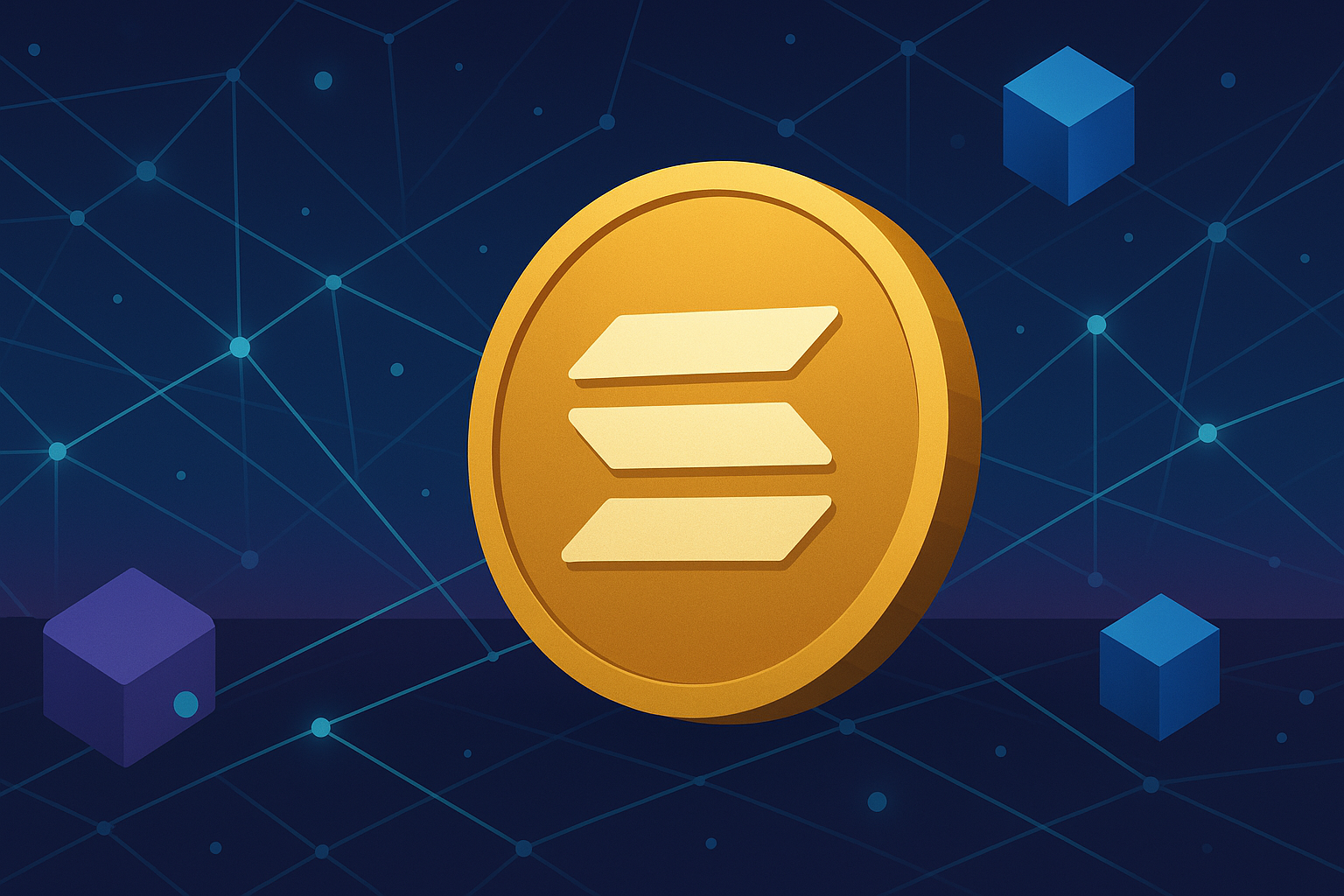
ICOs don’t fail only because of code. They fail because investors don’t trust the story, the numbers, the people, or the controls behind the token. ICO marketing services exist to close that trust gap. The best teams do it by aligning disclosure, compliance, security, and community into one clear investor journey. They turn complex technology into a plain, verifiable offer with clean incentives and responsive governance. They also reduce information asymmetry with evidence, not hype. That is how marketing translates into higher participation during the sale and stronger retention after listing.
Trust is the scarce asset in ICOs
Retail and professional investors both worry about three risks: fraud, security failures, and regulatory action. The 2017–2018 cycle left scars. A widely cited analysis of that period found roughly 80% of ICOs were scams or never reached trading. That history shapes due diligence today and explains why investors demand clearer proof before they participate.
Security risk remains visible. Chainalysis estimates that illicit crypto flows stayed large in 2024, even as on-chain tracing improved. Losses from hacks and scams continue to weigh on confidence. This keeps the spotlight on audits, bug bounties, and operational controls as core parts of the pitch, not afterthoughts.
Web3 security monitors tell the same story in detail. CertiK’s 2024 review tracked billions lost across hundreds of incidents, with phishing and key compromise among the most costly attack vectors. Investors now expect to see audit badges, bounty program URLs, and incident response plans before funding a sale.
The trust stack: how professional ICO marketing works
a) Narrative clarity and positioning
Investors first ask four questions:
What real problem does the token solve?
How does the token accrue value or offer utility?
Who runs the system and how do they share economics?
What rights and risks do buyers actually get?
ICO Marketing teams turn vague answers into a tight positioning statement, a short “why now” thesis, and a plain-English one-pager. They build consistency between site copy, the whitepaper, the deck, and founder interviews. Consistency is a trust signal because it reduces the chance that key terms shift mid-sale.
Academic work backs this. Studies show that whitepaper readability and disclosure quality correlate with funding success. Investors reward clear explanations of use of proceeds, roadmap, team, and risks. Marketing is the function that enforces this clarity across channels.
b) Evidence over claims: traction, prototype, and token economics
A working MVP is a powerful signal. Even a limited testnet or reference customer reduces perceived technology risk. ICO marketing services package this evidence into demos, case studies, and KPI dashboards that update as milestones ship.
Token design gets the same treatment. The token must track economic value in a way buyers can model. That means simple supply schedules, vesting that aligns insiders with community, and clear sinks and sources of demand. Good marketing teams stress test these mechanics, then publish diagrams and calculators investors can use before the sale.
c) Compliance alignment as a marketing asset
Regulatory alignment persuades risk-sensitive investors. In practice this includes:
Jurisdiction strategy. Clear rationale for where the issuer is formed and why.
Offering path. If the offer is a security, explain the exemption and investor eligibility. If not, show why the token is a true utility at sale.
KYC/AML and geofencing. Explain identity checks, sanction screening, and blocked regions.
Evidence matters here too. Research links KYC, whitelisting, and stronger institutions to better ICO outcomes. Concretely, requiring KYC and using a whitelist associates with a higher probability of meeting funding goals and achieving post-sale trading. Marketing teams translate those controls into visible trust signals during the funnel.
FINMA’s token categories and the SEC’s DAO analysis provide common reference points for messaging. When the narrative shows how a sale maps to these frameworks, investors gain confidence that counsel has pressure-tested the plan.
d) Security by design, explained in public
Security is not just a badge wall. It is a program. Trust-centric marketing treats it that way:
Independent audits. Name the firms, link the reports, and summarize critical fixes.
Continuous assurance. Describe static analysis, threat modeling, and upgrade paths.
Bug bounties. Publish scope, reward tiers, and recent payouts. The best teams run bounties on respected platforms and highlight total paid to researchers.
With high-profile losses still common, the presence of a public security roadmap, not only a pre-launch audit, has become a key buying signal.
e) Community you can trust, not chaos you must endure
Most ICO discovery and education still happens in Discord, Telegram, X, and podcasts. That reach attracts attackers. Recent research shows renewed abuse of Discord infrastructure, including hijacked invite links that redirect to malicious servers. Mature marketing programs mitigate this with signed announcements, vanity domains, and persistent “trust checks” pinned in channels. They also deploy link filters, staged verification, and takedown playbooks with security vendors.
Community operations then focus on quality touchpoints:
Founder AMAs with hard questions taken head-on.
Clear, archived answers in a searchable help center.
Weekly build notes with screenshots and merges.
A transparent policy on bans, mutes, and moderation appeals.
The result is less noise and more signal, which supports thoughtful investors who need facts, not memes.
The investor journey, end to end
Stage 1: Discovery
Channels that compound trust. Thoughtful long-form content on a project blog. Neutral explainers on third-party sites. Founder appearances on credible podcasts. Earned media that quotes independent experts. Advertising does not lead here. Education does.
What marketing services deliver. Editorial calendar, speaker training, media list building, and compliance review of claims. Content focuses on how the protocol works and what would falsify the thesis. This “pre-mortem” content does double duty as a diligence pack.
Signals investors look for. Clean website UX, no dark patterns, and a privacy policy that reflects actual practices. A data room with legal entities, cap table, token allocation, and audit reports. Studies show that higher disclosure quality reduces information asymmetry and supports funding. Marketing teams ensure those disclosures are easy to find and easy to read.
Stage 2: Consideration
Mechanics that reduce friction. Whitelist flows that take minutes, not hours. KYC partners with predictable pass rates and clear retry steps. Real-time status in the dashboard. A smart FAQ that points to code when claims touch security.
Proof that security is real. Link to the audit repository. Summarize critical findings and fixes in plain language. Show the bug bounty status and leaderboards. Investors now expect public signals of continuous testing because the attack surface never sleeps.
Regulatory transparency. If you restrict U.S. buyers, explain why and how. Cite the frameworks you rely on. Point to counsel and policies that match the token’s function. Telling investors what they cannot do is part of building trust. It shows you are running a professional sale under constraints.
Stage 3: Conversion
A fair sale design. Soft and hard caps that match the roadmap. Per-wallet limits to prevent whales from crowding out retail. Staged discounts tied to time or KYC tiers, not backroom deals. Clear refund logic if caps are not met.
Operations that feel institutional. Dry runs on testnet. Live status page with uptime and incident updates. One canonical announcement channel. Attack drills for phishing waves and scam sites, plus takedown partnerships. Emerging malware campaigns that exploit social platforms make this non-negotiable.
Last-mile education. Short videos that walk through the buy flow. Warnings about impostor sites. Notices about exact wallet permissions being requested. This reduces support tickets and builds buyer confidence.
Stage 4: Post-sale adoption and retention
Investors become users when onboarding is real. That means:
A wallet guide and standard paths for common tasks.
Clear emissions and unlock calendars with dates and numbers.
Product-led activations: staking, governance, or early integrations that create day-one utility.
A treasury policy that explains how funds are stored, diversified, and reported.
Ongoing disclosure. Monthly letters with treasury balances, runway, and a simple delta from last month. Quarterly audits or attestation letters. Post-mortems for incidents within 48 hours. These habits turn buyers into long-term participants.
Governance that works. Proposals with crisp problem statements. Budgets and KPIs for funded work. Voting tools that are simple to use and hard to game. The best marketing teams treat governance UX like product and tell that story in public.
Lessons from real projects
Filecoin: credibility attracts serious capital
Filecoin showed how credible teams convert trust into record funding. It raised over $200 million in 2017, including a large presale with brand-name venture investors. The pitch was concrete storage utility on top of a respected research lineage. Disclosures were thorough and aligned to a clear roadmap. That mix of team quality, technical depth, and transparent communication drew long-horizon backers.
Brave’s BAT: speed follows trust
Brave’s 2017 token sale for the Basic Attention Token sold out in under a minute and raised about $35 million. Buyers understood the browser’s user base, the roadmap, and how the token linked to attention economics. The takeaway is not to chase speed. It is that compressed sales can work when the trust groundwork is complete.
Telegram’s TON: regulatory clarity matters
Telegram raised roughly $1.7 billion in 2018 through private offerings for “Grams.” Later, U.S. regulators secured a court injunction and a settlement that required Telegram to return more than $1.2 billion to investors. The legal outcome eclipsed the technical story and chilled adoption. Marketing cannot out-message regulatory risk. The structure of the sale must stand up to scrutiny.
What “great” looks like in each marketing workstream
Strategy and research
Market map with adjacent protocols, user personas, and substitutes.
“Why now” thesis that lines up with concrete catalysts.
Token economic model reviewed by independent analysts and published for public comment.
Brand and communications
A style guide that favors plain English and bans buzzwords.
A messaging hierarchy that answers “who, what, why, how, risk” in under two minutes.
Founder media training to handle hard questions about regulation, treasury, and unlocks.
Content and disclosure
Whitepaper with real substance: protocol design, security assumptions, failure modes, and test plans.
Public roadmap with dated milestones and named owners.
A “risks” page that feels like an S-1, not a disclaimer.
Peer-reviewed work shows that readable, thorough whitepapers help funding outcomes. Investors don’t need poetry. They need structure, numbers, and clarity.
Community and growth
Discord and Telegram with pinned safety guidelines, verified links, and slow-mode on high-signal channels.
Regular AMAs with unfiltered questions.
Incentives for contribution: grants, bounties, and builder quests with transparent selection rules.
Given active abuse of social platforms, community safety is part of investor protection. Marketing owns the playbook and the response time.
Security and reliability
At least two independent audits before mainnet or token release.
Ongoing bug bounty with meaningful rewards. Immunefi reports over $100 million in bounties paid across the industry, and mature projects now treat bounties as permanent infrastructure.
Incident response runbooks and public status pages.
Compliance and distribution
Counsel letters on token design and offering approach.
Clear geofencing and investor eligibility.
Exchange and market-maker conversations disclosed within legal bounds, with no promises on pricing.
Measurement and feedback
Funnel analytics that track from content to whitelist to allocation.
Post-ICO user activation metrics: wallet connections, on-chain actions, retention by cohort.
Quarterly perception surveys of tokenholders and builders, with published results.
Practical playbooks that raise trust and adoption
Playbook 1: The evidence layer
Goal: Replace claims with proofs.
How: Publish an audit digest, plus a layman’s guide to the top three fixes. Ship a demo on testnet with clear instructions. Open a public dashboard that tracks the next five milestones with dates.
Outcome: Diligence calls get shorter. Conversion improves without pushing harder.
Playbook 2: The fair sale
Goal: Reduce whale risk and fear of insider advantage.
How: Use per-wallet caps, proof-of-personhood or KYC tiers, and a lottery for oversubscribed pools. Publish the allocation policy and show past allocations.
Outcome: Smaller investors see a path in. Word-of-mouth grows.
Playbook 3: Security that never sleeps
Goal: Stay resilient through the noisy middle of a sale.
How: Pre-register all official domains with HSTS and DMARC. Stand up an incident room. Put anti-phishing banners in wallets. Automate takedown notices for fake sites. Push safety updates in app and on social.
Outcome: Lower scam exposure. Fewer panic cycles. Better retention after listing. Ongoing attacks make this essential.
Playbook 4: Post-sale truth serum
Goal: Keep investors engaged as users.
How: Monthly treasury letters with balances, custody model, and mark-to-market policy. Quarterly tokenomics updates that show emissions, sinks, and on-chain usage. Publish missed targets with reasons and fixes.
Outcome: Credibility compounds. Builders show up.
Metrics that matter
Before the sale
Share of traffic from third-party explainers or earned media.
Whitepaper engagement depth, not just downloads.
Whitelist completion rate and KYC pass rate by region. KYC and whitelist processes correlate with higher success odds in the literature, so treat them as growth levers, not barriers.
During the sale
Unique participants and average allocation per wallet.
Support response times and scam-site takedown speeds.
Incidents per million API calls or transactions.
After the sale
Activation: wallets that perform a core action in seven days.
Retention: share of holders who use the protocol monthly.
Governance participation and proposal throughput.
Why trust-centric marketing wins in the long run
The biggest ICOs of the last cycle tell a simple story. Filecoin and Brave converted because they matched bold visions with credible roadmaps and transparent communication. Projects that downplayed regulation struggled when enforcement arrived. In a market that still faces high-profile attacks and scams, investors reward teams that act like stewards, not promoters.
Trust is not a single campaign. It is a habit. It shows up in the way founders answer hard questions. It shows up in how promptly a team posts a post-mortem. It shows up when unlock schedules do not change mid-flight. Over time, these habits create a reputation that outlasts any sale.
A 30-day roadmap to raise trust and adoption
Week 1
Run a disclosure audit of all public claims. Fix inconsistencies across site, whitepaper, and deck.
Publish token allocation and unlock calendar with a CSV download.
Post a security page with audit reports, bounty links, and an incident response policy.
Week 2
Ship a guided demo and a “how it breaks” explainer.
Launch a verified announcements channel, archive AMAs, and pin a trust checklist in community servers.
Confirm jurisdiction, offering path, and KYC vendor. Publish a buyer eligibility matrix.
Week 3
Train moderators and set up takedown and anti-phishing workflows.
Release a “why now” thesis and neutral explainers on third-party outlets.
Invite independent reviewers to critique the token model in public.
Week 4
Dry-run the sale with status dashboards.
Publish a post-sale activation plan that makes holders into users on day one.
Announce a recurring monthly treasury letter and a quarterly security attestation cadence.
Conclusion
Great ICO marketing is trust architecture. It brings legal, product, security, and community into one coherent offer that an investor can evaluate in minutes. It trades vague claims for concrete evidence. It aligns rights and risks with real controls. It turns buyers into users and users into contributors.
The market still carries baggage from the boom-and-bust era, and real threats persist. That is exactly why disciplined marketing teams have outsized impact. They earn attention with clarity. They keep it with proof. And they convert it into long-term adoption with honest follow-through.
If you can only do three things: publish your full token schedule and treasury policy, run a permanent bounty with public scope, and anchor your story to recognized regulatory frameworks. Those moves tell investors that you take their trust as seriously as their money.









Write a comment ...